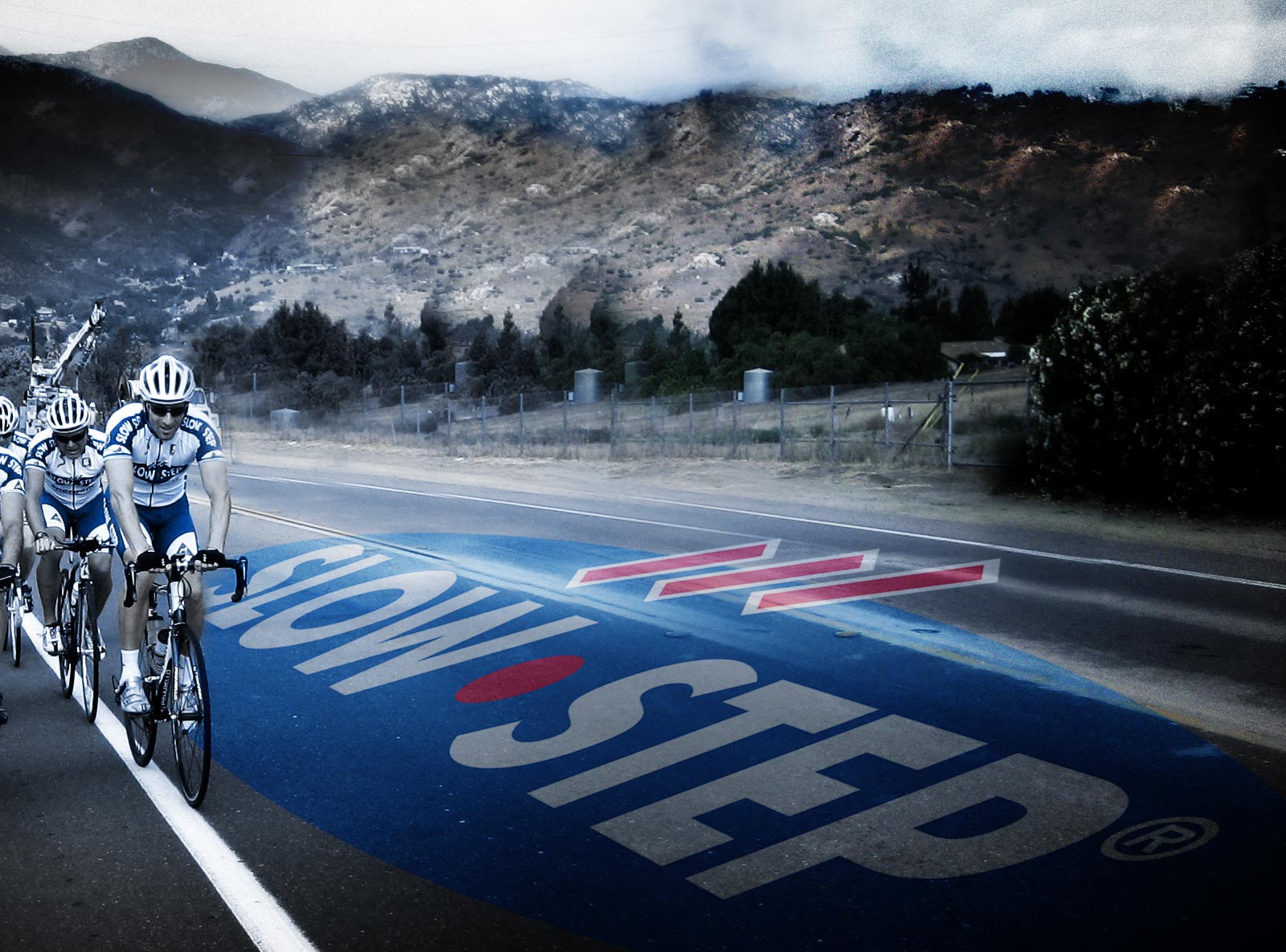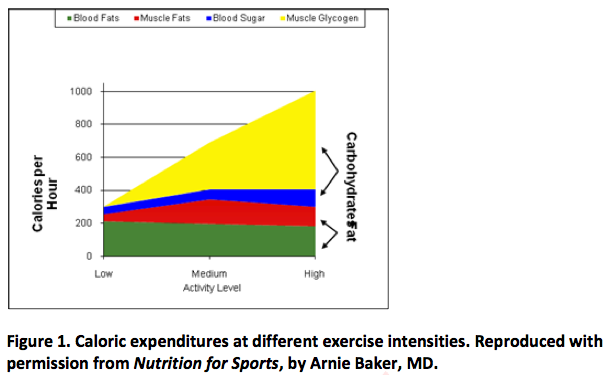It Can Keep You From Losing Weight
First, there is too much focus on what type of calories you burn. There may be one mistake that is still keeping people from burning enough calories: too much focus on what you are burning during the workout – fats or carbohydrates This error comes from the fat-burning-zone myth that actually tells people to exercise slower and less intensely to burn more fat. If your goal was weight loss and you only had 30 minutes a day to exercise, which would you choose A or B?
- A. 30 minutes of a leisurely stroll through the park (100 calories).
- B. 30 minutes of a heart-pounding, lung-burning spin class (450 calories).
It blows my mind, but we still have trainers, authors, and infomercial gurus telling us we have to slow down if we want to burn more fat!
The reason people still buy it is because the “fat burning zone” myth sounds so plausible because of two little science facts:
- The higher the intensity, the more carbohydrate you burn during the workout
- The lower the intensity, the higher the percentage of fat you burn
This is a bit deceiving. To see why, see Figure 1, below.
As you can see from Figure 1, while the contributing percentage of fat and carbohydrate changes as exercise intensity rises or decreases, the absolute amount of fat remains relatively constant, around 300 calories per hour. You should be focusing on total calories and not the total fat burned during the workout, if weight loss is your true goal.
It’s not that fat oxidation (using stored fats to produce energy) doesn’t matter, but what if you have a high percentage of fat oxidation but an extremely low number of calories burned? If you really want to be in the “fat burn zone,” you could sit on your couch all day long and that will keep you there quite nicely because “couch sitting” is a really low intensity “fat-burning” activity. Of course, “couch sitting” only burns around 37 calories per half hour.
Second, there is not enough focus on total calories burned. Most people just aren’t burning enough calories.
Some coast along on the treadmill at 2.3 miles per hour or some similar sloth-like pace and they think that just by hitting a TIME goal, such as 45 or 60 minutes, that with “X” duration completed, they are assured to get the results they want.
On the other extreme, we have folks who have found or created some mega-intense, super-duper short training protocol like the “4-minute wonder workout from Wallis.” Just because the workout is high in intensity and it is performed in intervals, they too think they are assured to get the results they want.
What’s missing in both cases is the realization that total fat loss is a function of total calories burned over time (assuming you don’t blow your diet, of course). Total calories burned is a product of intensity TIMES duration, not intensity OR duration.
Too much focus on one variable at the exclusion of the other can lead to a less than optimal total calorie burn and disappointing results. Remember, intensity and duration are “variables” not absolutes. “Variable” means you can change them.
When you understand the relationship and interplay between INTENSITY x DURATION you will find a sweet spot where the product of those variables produces the maximal calorie burn and maximum fat loss, based on your current health condition and your need for time efficiency. If you are trying to lose one pound of body weight then you will have to burn 3,500 calories more than you take in. To lose 1 pound per week shoot to burn 500 calories per day more than you take in.
As a competitive cyclist with improved performance being a high priority, riding at 65 to 70 percent of maximum heart rate for five, six, even seven hours at a time, may be in your best interest for improving endurance. While training at lung-busting VO2 max intensities dished out in three- to five-minute intervals may be in your best interest at other times, and everything in between.
Weight loss may not be the main goal, but more of a by-product of the hours upon hours of on the bike systems based training geared around improving cycling performance.
There is a difference between training for weight loss training for and performance. What are your goals?
Next:


